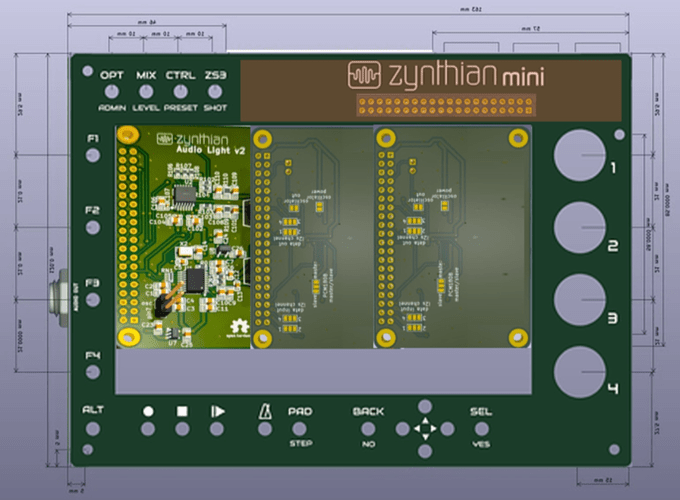Oh, so many questions and myths and assumptions in one, so please let me try to answer them in a quick and simple way. I am neither an engineer nor a shareholder of Skyworks, in case some assumptions come up.
The air gap is really a silicon barrier. You’ll feel that instantly, once you bite on it. [clown mode off]
The radio transmission is in the nano-power area, so do not compare that to an IF of a radio. There are no emissions. The resulting noise on the signal lines, also visible in the eye-diagram and shown on the DS, are so far off-band, by at least four octaves on the digital domain and even orders more on the analog domain, they can easily be quenched or quench themseves in the next stage. The benefit is already, the ultra wide spectrum noise of the Pi can not pass the Si8662BC and so only the working frequency spectrum of that chip has to be quenched, making things actually easier on that part.
Now come the Audiophile and scream out “Jitter!”. That is another audiophile myth, as modern ADC and DAC already have some builtin PLL or similar (with their own jitter) and the frequencies involved are magnitudes of sample rate, statistically levelling off any jitter to an irrelevant level. The jitter issue was relevant in the era of parallel convertes, where jitter in the sampling clock had direct impact.
First of all, there is no ground in Zynthian, as there is likely no ground in the entire setup of many use cases, as most power supplies these days lack that ground connection and even if they have one, this is only connected to the primary side of the converter circuit and the secondary side is still connected via XY capacitors to mains, causing a whopping half mains voltage of common-mode injection plus the mains noise to the metal parts and the so-called ground plane, which in fact is a noise plate, considering the signals added by the switching converter and other parts of the setup.
The Si8662BC (or another one of that series fitting the purpose) alone does not decouple the noise plate from the DAC / ADC / audio stage. To achieve this, an isolated DC-DC converter is needed in the power supply, like this one: TES 1-0522 | Traco Power
that also doubles as a dual rail supply to provide a negative voltage as well. For the power output, additional filtering and LN/LDO are required to make a clean isolated power supply, that much should be clear. That way, an isolation barrier is inserted between the noise plate and the audio ground and between the power supply noise rail and the audio power supply.
If now the ADC part and the DAC part each together with their own amplifier and filter stages are decoupled each on their own, with own isolated power supply, own isolated digital path, then any kind of “gound loop” is broken as well.
I hope this text in it’s entirety gives the answer.
First of all, many audio electronics these days have no differential audio lines, some due to their nature (guitar amp), most due to cost or practicability (bulky XLR connectors).
A differential transmission only has the power to quench common-mode interference while it is not saturated. Now imagine the switching power supplies screaming through the world and the 5V supply of the OpAmps in today’s DAC or ADC gimmicks. The functional headroom of an amplifier can not be outside the supply rails. That is why professional audio still uses +/-15V supplies (or more) even today.
A transformer is expensive, really expensive if it is a good one, but still it distorts and colours the sound, a cheap transformer even more than a well-manufatured one. Due to the nature of how that works, there is always an unavoidable impact to the signal. A good DI-box can cost more than the isolated sound card and it still is bulky.
Even this aspect is enhanced by isolating the digital path and the power supply path. The spectrum on the digital side is lifted to mainly off-band, something a bus transciever could achieve as well, but without the benefit of breaking connection to noise plate and supply noise. The DC-DC converter wil output a dirty supply voltage, but with still a narrower spectrum noise than the Pi, again easier to filter and make silent.
The original design of the 8x sound card system is only handling i2s and power signals, making things really easy. The sound card does not offer differential audio. Audio circuit has no headroom. It would be just another sound card.
Or it could be something really outstanding! Eightfold!
